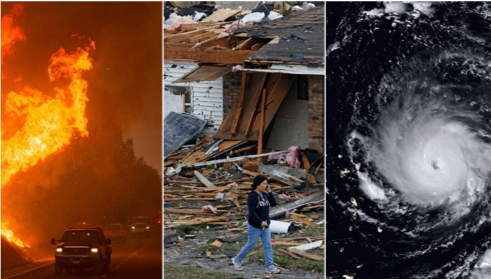
Disaster Management and Complex Emergencies in the Digital Age Blog Series

In 2017, 95.6 million people were reportedly affected by natural disasters, the highest in more than a decade. Governments also must budget for and bear the fiscal costs of natural disasters. According to the Council on Foreign Relations, “in 2017 alone, the United States incurred $300 billion in damages, a record amount.”
But disasters and crises are not always the result of natural causes. They can also occur in the form of complex emergencies, such as food shortages, disease outbreak, migration events, and/or terrorism. Regardless of the cause, the need for governments around the world to prepare for, respond to, and recover from disasters and complex emergencies is greater than ever before. Disasters and Complex Emergencies are big data problems that require public private partnership (P3) solutions.
Further complicating this situation is the growing prediction that the majority of the world’s population will live in cities by 2050. How will this population shift affect the impacts of disasters and complex emergencies? How do we build urban resilience? What is the role of smarter cities? With the advances of technologies like cloud, AI, and predictive analytics, how can we leverage these new capabilities across all aspects of the disaster management life cycle?
This blog series will discuss different disaster management and complex emergency topics, and how to utilize technology in the digital age to address them. The first blog in this series will examine the National Security implications of water scarcity. Freshwater usage has increased 199% since 1990, and as a result of this, the United Nations states that “achieving water security for regions, nations, and individuals is one of the greatest development challenges confronting the world today.”
Graphic Credit: Courtesy of Josh Edelson and Max Becherer via AARP



